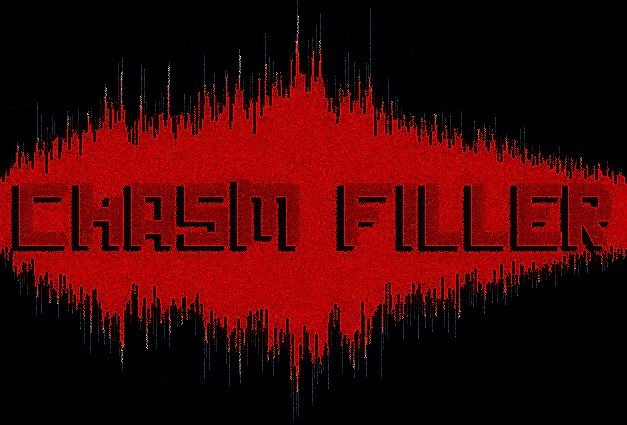 More Ayers for Mr. Antojao. Enjoy."In 1973, or thereabouts, Nico, Mike Oldfield, Mike Ratledge (from the Soft Machine), Michael Giles (ex-King Crimson), Geoff Richardson (from Caravan) and many others lined up to help Kevin Ayers with his final stab at greatness, THE CONFESSIONS OF DR DREAM, which was released in 1974.
More Ayers for Mr. Antojao. Enjoy."In 1973, or thereabouts, Nico, Mike Oldfield, Mike Ratledge (from the Soft Machine), Michael Giles (ex-King Crimson), Geoff Richardson (from Caravan) and many others lined up to help Kevin Ayers with his final stab at greatness, THE CONFESSIONS OF DR DREAM, which was released in 1974.Until that time, Ayers' solo albums had been a mixture of cheerful pop ditties, psychedelic experiments, and sultry ballads that particularly suited the artist's deep bass voice. But DR DREAM turned out to be a different kettle of fish.
The A-Side contains as perfect a sequence of songs as you can imagine. 'Day by Day', the funky opener (with superb backing vocals by Doris Troy and other soul singers), is followed by a brief (but philosophical!) acoustic mini-song, which leads straight into the album's rocking tour de force, "Didn't feel lonely till I thought of you", one of Kevin's all-time classics, with fiery lead guitar by Ollie Halsall. Poetic relief is then provided by a dreamy blues song with a terribly long title (typically Ayers) and with a crystalline guitar solo by Mike Oldfield. I'm not an Oldfield nut, but I guarantee all prog freaks that this superb solo alone warrants purchase of the album. The best is yet to come, though, for Ayers (almost) concludes the A-side with a souped-up version of his signature tune, "Why are we sleeping?", the original of which can be found on the Soft Machine's debut album. Utterly bombastic, by turns scary, furious and funny, this track contains a louche night club interlude (with sax provided by Lol Coxhill) and a grandiose church organ-driven climax. To reduce the horror, and send the listener to bed with a smile, Ayers has it all followed up with the brief but unforgettable "Ballbearing blues".
It's on the B-side, however, that the nightmare really begins. Intertwined acoustic guitars, eerie sound effects, Michael Ratledge's fuzz organ and Nico's spooky vocals dominate the first section in a multi-movement suite that can be interpreted as a warning against the self-delusion of young lovers, the dangers involved in taking too many drugs, or both. The middle section of this suite is dominated by some delightfully jazzy electric piano, and the final riff is so dark, long drawn-out and menacing that it will haunt you for days. But once again, Kevin refuses to leave the listener with a curse, and he concludes the album with "Two goes into four", one of his loveliest acoustic ballads.
Anyone interested in the so-called Canterbury Scene, or in British psychedelic rock, will find this album invaluable. Everyone else will find it an excellent addition to their collection." - Fuxi
Barcelopuppy





















.jpg)



























